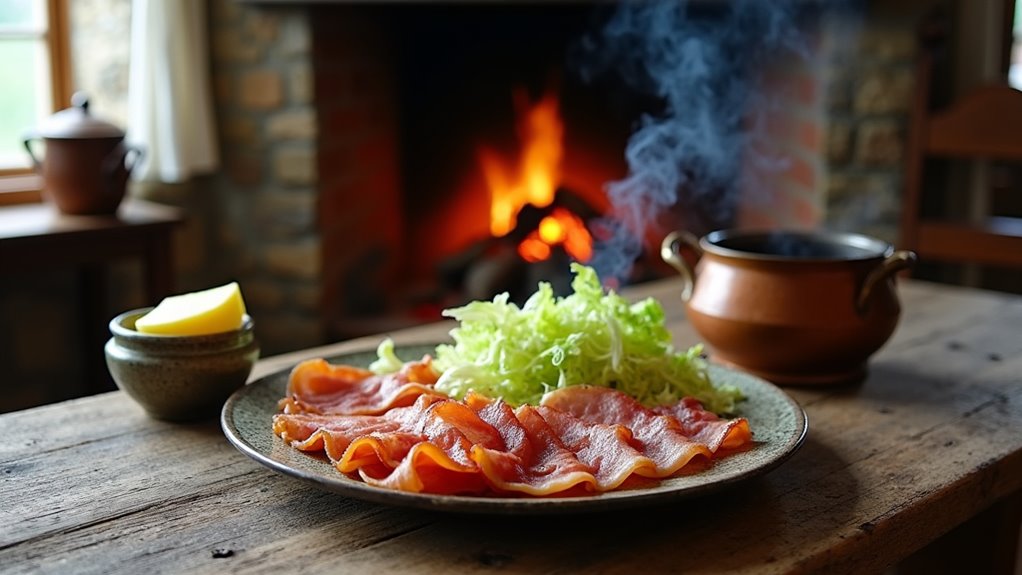Although the Bray-Greystones coastal path once ranked among Ireland’s most beloved seaside rambles, a seven-kilometer ribbon of compacted earth and weathered stone tracing the dramatic curve of Bray Head, walkers now find themselves stopped short by council fencing and warning signs. The clifftop route has been indefinitely closed after repeated landslides, transforming scenic adventure into a genuine hazard.
Ireland’s cherished seven-kilometer clifftop trail now sits behind barriers, geological forces proving stronger than nostalgia or weekend ambitions.
Wicklow County Council made the decision official when erosion and structural damage rendered the trail too dangerous for public use, particularly along sections where rockfalls became less theoretical possibility than regular occurrence. The council installed barriers at closure points, though some determined walkers ignore the warnings, a choice that combines optimism about personal invincibility with spectacular disregard for geology‘s patient indifference to human stubbornness.
What remains accessible feels like reading only the opening and closing chapters of a favorite book. From Bray’s end, roughly 1.5 kilometers of coastal path stays open before hitting those deflating barriers, enough for an hour-and-a-half out-and-back ramble that delivers sea views without the satisfying through-hike that once connected two towns in a single breezy afternoon. The Greystones side offers similar abbreviated access, scenic but incomplete, like enjoying the appetizer when you’d planned for the full meal.
The closure stems from forces considerably older and more powerful than weekend foot traffic. Coastal erosion continues its millennia-long project of reshaping Ireland’s eastern edge, and repeated landslides signal geological instability that no amount of wishful thinking can override. Safety, as council officials repeatedly emphasize, trumps popularity even when that popularity once made this walk Wicklow’s postcard darling, packed with tourists and locals chasing clifftop panoramas. Unlike the sustainable tourism practices evident in Ireland’s thriving off-season towns, this natural attraction faces fundamental challenges that no economic model can solve.
Reopening depends on securing multi-agency funding, that bureaucratic phrase meaning “don’t hold your breath.” No timeline exists because geological assessment remains complicated, and the council won’t promise repairs until they can guarantee walkers won’t end up tumbling seaward alongside the next rockfall. They’ve also made clear that liability for injuries on closed sections falls squarely on trespassers, a legal position less “cover-your-assets” than “we literally warned you the cliff was crumbling.”
Meanwhile, alternatives exist for those needing coastal walking without the closure-induced disappointment. The Bray Head Loop offers views minus the cliff exposure, and other Wicklow trails remain unaffected by landslides at least for now. For walkers determined to tackle Bray Head, the challenging 9km loop route remains accessible, though it requires good walking shoes and stamina for steep climbs. Local groups encourage exploring these routes, maintaining outdoor recreation access while the famous path sits dormant. The closure has inflicted considerable economic pain on the region, with local businesses losing approximately €4 million since the trail went off-limits.
The situation underscores an uncomfortable truth about beloved natural attractions: sometimes the very forces that created their beauty also guarantee their impermanence. The waves and winds that sculpted Bray Head’s drama continue working, indifferent to human attachment or tourism revenue. Until funding materializes and engineers devise solutions that satisfy both safety standards and geological reality, those council barriers stay planted monuments to the occasionally frustrating fact that nature doesn’t care about our weekend plans.








